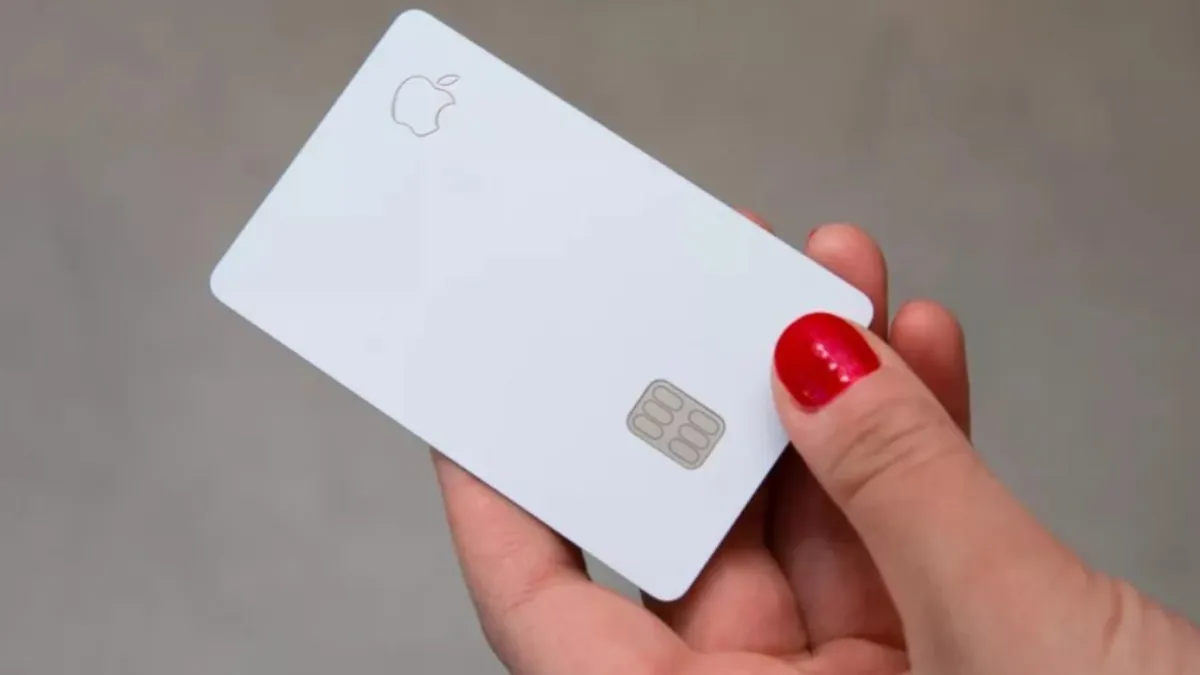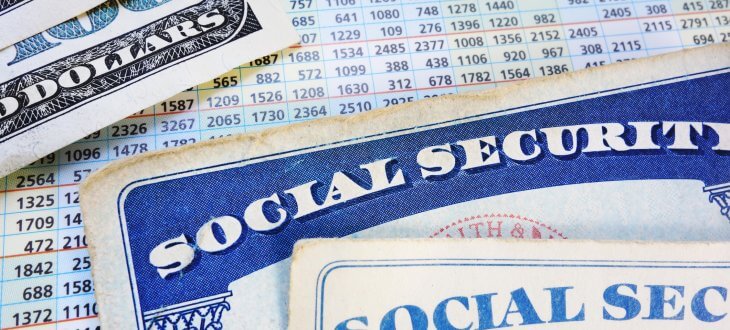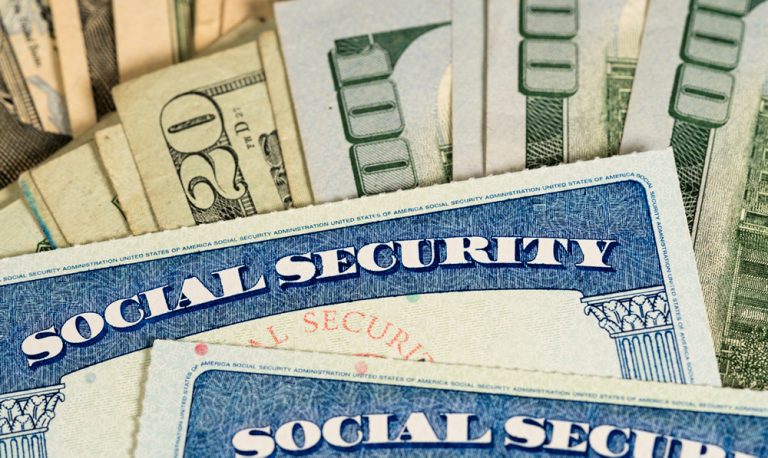In 2014, Apple introduced Apple Pay – a virtual account that enabled users to make payments for Apple products and a few other retailers. Recently, Apple announced its plans to expand the Apple Pay program and increase the number of retailers that accept it. This expansion also includes the newly launched Apple Card.
In March 2019, Apple introduced the Apple Card, which was designed to offer a credit card experience that was both secure and hassle-free. The company promised that the card would come with no annual fees, low interest rates and an easy-to-use payment plan that could be managed through the Apple Wallet, all while promoting financial health.
The Apple Card boasts of daily cash back rewards and a sleek design. However, it hasn’t quite lived up to the company’s expectations due to several factors. These include a variable interest rate, limited access to retailers depending on your location, and the card’s heavy reliance on your iPhone. Here are 10 downsides to owning The Apple Card that you should be aware of.
1. You’re tied to your iPhone
The Apple Card has a major drawback that restricts you to Apple in numerous ways. To access your account, you must use Apple’s Wallet App on your iPhone. Moreover, the only means of monitoring and managing your Apple Card account is through your phone. Additionally, the card mostly permits you to purchase Apple products. Although your card is accepted at retailers that accept Apple Pay, these are few and far between. Lastly, your Apple Card account will always be linked to your iPhone and is unlikely to be synchronized with other devices like an Android. It’s important to note that the Apple Card is only accessible on iPhone 6 and later models.
2. The Card doesn’t actually do much
The Apple Card has an aesthetically pleasing design, with a sleek and minimalist look that’s sure to impress. However, without your iPhone, the card’s functionality is limited. The card features a simple yet elegant engraving of your name on its platinum face. While this helps to maintain its security by excluding your account number, it can also be inconvenient. Unfortunately, not all retailers accept the mobile app at their point of sale, so you’ll need to have both your iPhone and card on hand when shopping.
3. Limited Purchasing Options
Although Apple has promised to expand its purchasing options, they remain quite limited. Apple Pay and Apple Card are convenient for buying Apple products such as iPhones and iTunes, but their acceptance is not widespread. While several merchants, including Uber, T-Mobile, Duane Reade, and Walgreens, have adopted Apple Pay, not all merchants do. If you live in a suburban or rural area, your chances of using an Apple Card are much lower than if you lived in an urban area. For example, it is unlikely that you will find a sit-down restaurant that accepts Apple Pay.
4. Cash Back Rewards
Apple is proud to offer its Daily Cash Back Rewards, which competes with other credit card reward programs. Apple Card provides 3% daily cash rewards on all purchases made at Apple and select merchants. Additionally, the card offers 2% daily cash back on certain purchases and 1% daily cash back for purchases made at specific stores and websites. While the daily cash rewards are a fantastic perk, some other credit cards offer even better deals, such as up to 5% back on purchases made quarterly across various categories of merchants, including grocers, restaurants, and gas stations.
5. Variable Interest Rate
Apple Card is a credit card that comes with a unique advantage of not having an annual fee. However, this is a feature that is offered by many other credit cards as well. Although Apple Card offers low interest rates, it is important to note that these rates are variable and can fluctuate significantly. The interest rates range between 13.24% and 24.24%, which is wider than what most credit cards with variable interest rates offer. If you have a lower credit rating, it may be wise to opt for a card that offers a better APR. Apple Card has a program called “Financial Health Promotion” that allows users to access an app that calculates their interest payment before they pay and provides them with some good options.
6. Lack of Perks
While the Apple Card does offer attractive benefits such as payment flexibility, financial education, no annual fee, and a Daily Cash Back program, it falls short in certain areas when compared to other credit cards. For instance, it doesn’t provide an introductory APR for purchases, nor does it offer a balance transfer program. Individuals with good credit may find more lucrative rewards and perks with other credit cards. Many credit cards also match your cash back rewards without any limits after the first year.
7. Read the Fine Print
Although the Apple Card comes with various benefits, it’s essential to read the fine print in the contract to avoid any surprises. Despite Apple’s claim that the credit card is easy and quick to obtain, it may not always be the case, even if you’re an Apple user. Moreover, the no late payment fee offer may sound attractive, but the contract’s fine print reveals that you may still incur additional interest charges on your balance if you fail to make timely payments. Therefore, it’s crucial to carefully review the terms and conditions of the Apple Card before applying for it.
8. No Travel Rewards
If you’re a fan of earning rewards on your credit card to use towards travel and dining, you may be disappointed to learn that Apple Card doesn’t offer any such incentives. While other major credit cards allow you to transfer points earned towards airline, hotel, and restaurant rewards, this isn’t an option with Apple Card. So, if you’re someone who enjoys taking advantage of these benefits, you may want to consider other credit cards that offer them.
9. Can’t Use for Larger Purchases
If you’re planning to finance a larger purchase, the Apple Card might not be the best option for you since it doesn’t offer special financing. It’s recommended to consider applying for a credit card with special introductory offers instead. Additionally, the Apple Card doesn’t allow a second authorized user to be added, which could be inconvenient for some.
10. It Deepens Upon Your Needs
Although the Apple Card is a convenient option for many, it may not cater to everyone’s requirements. The Apple Card and its accompanying App are user-friendly, providing security features and a platform to manage and monitor your account with ease. The cash rewards program is beneficial, but it restricts you to purchasing Apple products only, offering little flexibility. Moreover, not all merchants accept Apple Pay, which may make using your Apple Card inconvenient while shopping or dining out.
Also Read:
- A Guide on Pros & Cons of Owning a Safeway Club Card
- A Guide on Pros & Cons of Owning a Safeway Club Card
- 10 Best Bad Credit Guaranteed Approval Credit Cards with $1000 Limits



